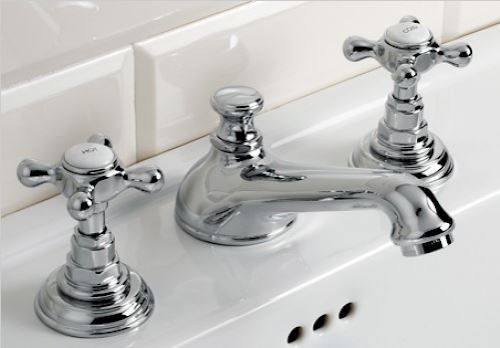3 Tips To Install Faucets At Your Residential Building In Mira Mesa

Installing faucets in your residential building might seem like an intimidating task, particularly for those without much experience in plumbing. However, with the right tools, appropriate knowledge, and a bit of patience, you can install faucets with relative ease. Here are three crucial tips that can guide you through the process.
-
Choose The Right Faucet
Before anything else, choosing the right faucet for your residential building is crucial. When making your selection, consider the style, finish, and functionality of the faucet to ensure it fits in with your decor and meets your household’s needs. Furthermore, ensure that the faucet you choose is compatible with your sink. Some sinks have pre-drilled holes for faucets, so check the number and spacing of these holes before buying a faucet.
-
Gather Your Tools And Prepare
Having the right tools will make the installation process smoother and faster. Generally, you will need an adjustable wrench, pliers, plumber’s tape, and possibly a basin wrench for hard-to-reach areas. Once you’ve gathered your tools, prepare the area. Shut off the water supply valves under the sink and open the faucet to relieve any pressure. Lastly, clean the faucet hole areas on the sink to remove any buildup or debris.
-
Follow Installation Instructions
Different types of faucets will have slightly different installation instructions. Whether you’ve chosen a single-handle faucet or a two-handle model, be sure to read and understand the manufacturer’s instructions before beginning. Generally, the steps involve inserting the faucet into the sink’s holes, securing it underneath with nuts, connecting the water supply lines, and then checking for leaks. If you encounter any difficulties, don’t hesitate to consult a professional to ensure the faucet is installed correctly.
FAQs
How Often Should Faucets Be Replaced?
It greatly depends on the quality and usage of your faucets. However, typically, a faucet should last between 15 to 20 years. If you notice persistent leaking, rust, or corrosion, it might be time for a replacement.
Can I Install A Faucet Without Professional Help?
Yes, with the correct tools and a bit of patience, you can install a faucet on your own. However, if you encounter difficulties or complex situations such as rusty pipes or insufficient space, it may be wise to call a professional plumber.
What Type Of Faucet Is Best For My Kitchen?
It depends on your needs and preferences. Some people prefer single-handle faucets for their simplicity and ease of use, while others prefer two-handle faucets for their precise temperature control. Pull-down faucets are often favored for their flexibility and convenience in kitchen use.
Faucet installation might seem daunting at first glance, but armed with the right tools, a good-quality faucet, and comprehensive instructions, it becomes a manageable task. Remember to choose your faucet carefully, gather your tools, and follow the installation guide closely. With a bit of patience and persistence, you can refresh the look and functionality of your sinks in no time.
Conclusion
Contact us today at (858) 567-0544, and Courtesy Plumbing will get you!


Leave a Reply
You must be logged in to post a comment.